BLOG
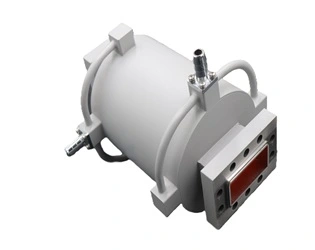
In which scenarios are Water-Cooled Twist Waveguides used?
March 31, 2025
Water-cooled twist waveguides represent a crucial advancement in microwave transmission technology, particularly in high-power applications where thermal management is essential. These specialized components integrate sophisticated cooling systems that enable reliable operation in demanding environments. The water-cooled twist waveguide technology has revolutionized how we handle high-power microwave transmission, offering superior thermal management and performance stability across various critical applications, from satellite communications to industrial processing systems.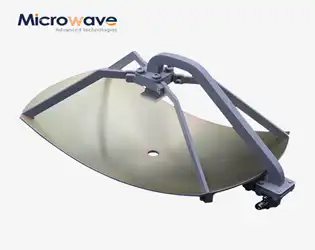
What are the advantages of using a Parabolic Antenna?
March 31, 2025
Parabolic Antennas represent a pinnacle of communication technology, offering unparalleled performance in signal transmission and reception across diverse industries. These advanced electromagnetic devices leverage a unique curved reflector design to concentrate and direct electromagnetic waves with exceptional precision, making them an indispensable solution for telecommunications, aerospace, defense, and scientific research applications. The intricate engineering behind Parabolic Antennas enables unprecedented signal clarity, extended transmission ranges, and remarkable directional capabilities that set them apart from conventional antenna technologies.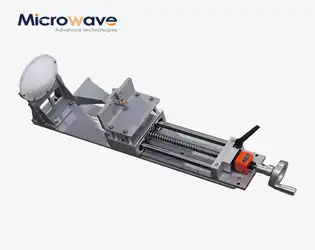
What is a Feed Fired Lens Antenna?
March 31, 2025
A Feed Fired Lens Antenna is an advanced microwave technology that represents a cutting-edge solution in signal transmission and reception. This innovative antenna design utilizes a unique feed mechanism to irradiate a lens, enabling precise control over amplitude and phase distribution of the aperture field. By dynamically manipulating the irradiation function, engineers can optimize antenna performance across various critical applications in satellite communications, aerospace, defense, and radar systems.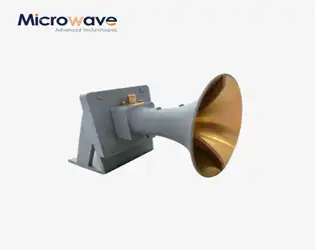
What is an Ultra Double-ridged Horn Antenna and how does it function?
March 31, 2025
The Ultra Double-ridged Horn Antenna represents a cutting-edge technological marvel in microwave communication systems, offering unprecedented performance and versatility across a wide range of high-frequency applications. This sophisticated antenna design ingeniously combines advanced engineering principles with precision manufacturing, enabling seamless signal transmission and reception in complex communication environments ranging from satellite communications to aerospace and defense technologies.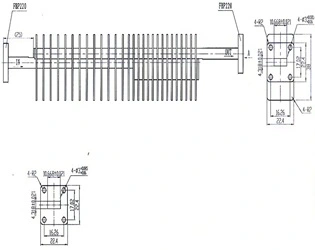
What is the Difference Between a Waveguide Coupling Fixed Attenuator and a Variable Attenuator?
March 31, 2025
In the intricate world of microwave technologies, understanding the nuanced differences between waveguide coupling fixed attenuators and variable attenuators is crucial for engineers and technical professionals. These specialized components play pivotal roles in signal management across complex communication systems, with fixed attenuators offering precise, predetermined signal reduction while variable attenuators provide dynamic signal control capabilities. The Waveguide Coupling Fixed Attenuator stands out as a high-precision instrument designed to maintain signal integrity while delivering consistent attenuation across diverse operational environments.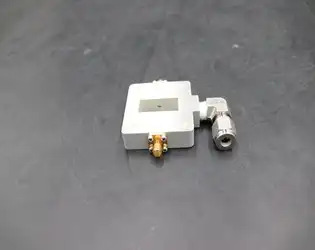
Can a Waveguide Probe Coupler be used in both transmission and receiving systems?
March 31, 2025
Waveguide Probe Couplers are versatile components that can indeed be utilized in both transmission and receiving systems. These sophisticated microwave devices play a crucial role in signal management, offering remarkable flexibility across various communication and signal processing applications. Their unique design allows for precise signal sampling, monitoring, and routing in complex electromagnetic environments.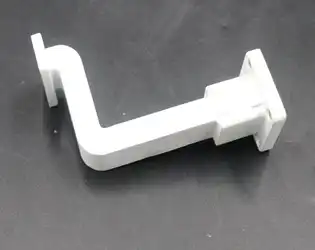
What is an Inflatable Twist Waveguide, and How Does it Work?
March 28, 2025
An inflatable twist waveguide represents a groundbreaking microwave signal transmission technology that revolutionizes traditional waveguide design. This innovative component combines unique structural flexibility with advanced electromagnetic wave guidance, enabling dynamic signal transmission across complex and challenging environments. By integrating inflatable and twistable features, these waveguides offer unprecedented adaptability, allowing engineers and researchers to overcome traditional limitations in microwave signal propagation..webp)
What are the Differences Between Various Types of WG Termination Connectors?
March 28, 2025
In the intricate world of microwave communication technologies, waveguide (WG) termination connectors play a critical role in signal management and system performance. Understanding the nuanced differences between various types of WG Termination connectors is essential for engineers, researchers, and professionals working in satellite communications, defense, aerospace, and telecommunications industries. This comprehensive guide delves deep into the complexities of WG Termination connectors, exploring their diverse characteristics, applications, and technological innovations that set them apart in the modern communication landscape.




